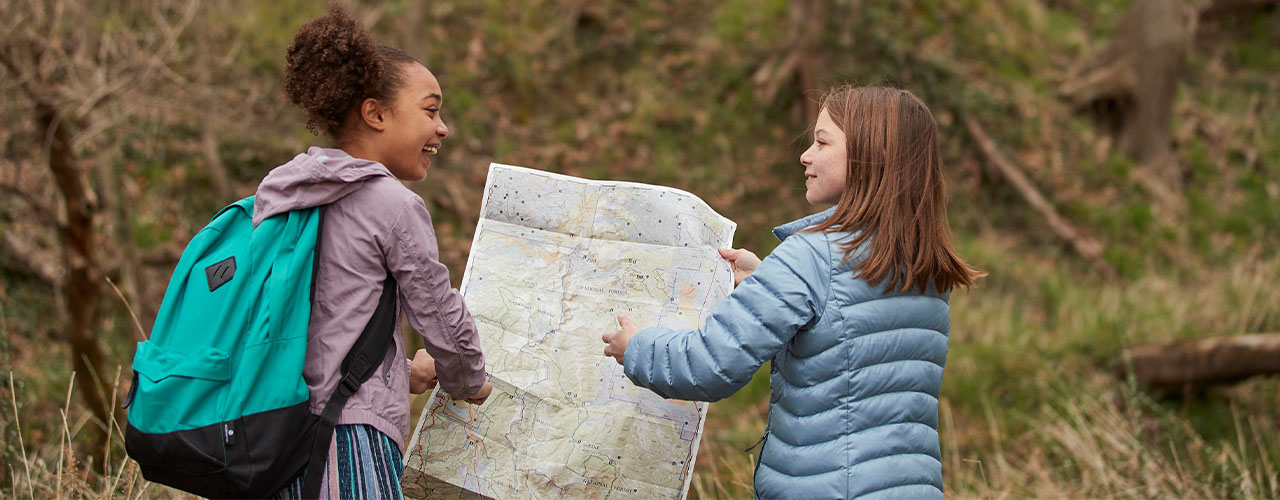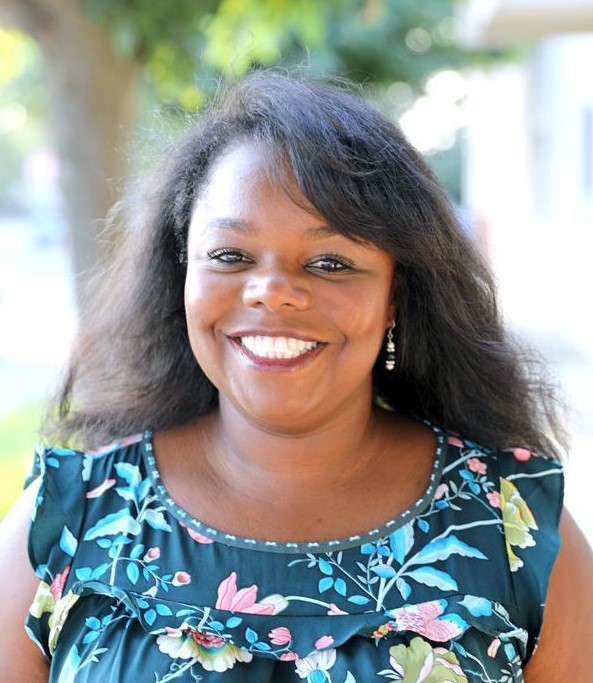
Science Instruction Outside of the Classroom
Let’s Take It Outside
Re-energize student (and educator) interest throughout the school year with a change of scenery and take students outdoors for science lessons! What better subject than science for teaching outside of the classroom?
Benefits of Learning Outdoors
Science is the study of the natural world, so there are many opportunities for teachers to take the learning outside. The California State Board Education Policy states, “The domain of natural sciences is the natural world”. The goals of teaching science are dependent on observations and understanding of the world around us.
Typically science content is taught inside the classroom. This can create a disconnect with students when learning about natural systems that are immense in size. For example, the geosphere, hydrosphere, and atmosphere are explored through classroom science practices like scaling down and making models. It can be difficult to convey the scope of these topics because we live inside these robust systems. Teaching outdoors can help students connect science lessons to the world around them and re-engages students in the learning process.
Getting Started is Easy
Choose a time of day when students’ energy begins to lag. This is an ideal time to take students outside to learn and connect science concepts to observations of the natural world.
Taking FOSS Outdoors:
For educators who are currently using FOSS, here are some examples of Outdoor Experiences using the FOSS Next Generation Edition. To see all of the Investigations in FOSS NG that use outdoor experiences, you can check out our Outdoor Experiences in FOSS Next Generation K-8 Chapter below. You will see activities involving plants, animals, weather, matter, motion, energy and more!
Grade/Module | Investigation/Part | Part Title | Outdoor Focus Question/Activity |
Gr. K - Trees and Weather | Inv. 2.3 | Comparing Leaves | How are leaves different? |
Gr. 1 – Sound and Light | Inv. 2.3 | Sun and Shadows | How can we use the Sun to create shadows? |
Gr. 2 – Pebbles, Sand and Silt | Inv. 4.2 | Local Soil | How do soils differ? |
Gr. 3 – Water and Climate | Inv. 3.1 | Measuring Weather | What does the weather forecast tell us? |
Gr. 4 – Environments | Inv. 2.4 | Sound Off | How do animals use their sense of hearing? |
Gr. 5 – Living Systems | Inv. 3.1 | Plant Vascular Systems | How are nutrients transported to cells in a plant? |
Gr. 6 – 8 Populations and Ecosystems | Inv. 4.1 | The Physical Environment | Activity: Students build mini habitats. They can go outdoors to collect additional materials from the local environment. |
Gr. 6 – 8 Electromagnetic Force | Inv 4.2 | Electric Generators | Activity: Students go outdoors to investigate how renewable light energy from the Sun can be transferred into electrical energy to run a motor. |
Gr. 6 – 8 Planetary Science | Inv. 1.3 | Moon Watch | Activity: Students go outdoors to observe the Moon. They commence observing the Moon daily at home, recording their observations in a Moon log to chart changes in the Moon’s appearance. |
Non-FOSS Educators:
For educators who are unsure of where to start or have a digital science curriculum available, consider having students take their science textbooks outdoors to read a section of the current lesson.
Tips for Outdoor Instruction
The first session of outdoor learning might start small, in an area close to your classroom for a short amount of time. Lead students outside and have them sit in a large circle. Briefly explain the activity and check for understanding before having students work in smaller groups.
After a set amount of time (it’s best to start with a short lesson), see what students learned by asking comprehension questions and reiterate that learning can take place anywhere. Try to keep questions general and praise attentiveness when students respond correctly. If students are distracted during your outdoor first session, ask them how they feel after learning outside, rather than on content only.
For additional, more school-wide approaches to outdoor learning, please access: The Lawrence Hall of Science Outdoor Learning Menus: Practical & Imaginative Implementation. As always, the FOSS/FOSS Pathways Team is supportive of your science education journey and available for consultation!

Rosanna Ayers – Educational Leader
Former Director of Youth Education at the Biomimicry Institute and County Office Science Coordinator. Bachelor of Science in International Business, a Multiple Subject Teaching Credential, an Administrative Service Credential, and a Master of Education in Leadership and School Development, with an emphasis on Next Generation Science Standards. Rosanna has her Biomimicry Practitioners Certificate and teaches graduate-level integrated science courses at a university teacher preparation program. Rosanna is currently an education doctoral candidate in UC Berkeley’s LEAD program.